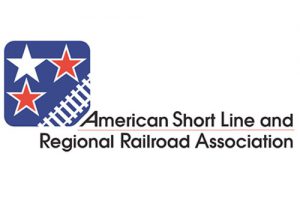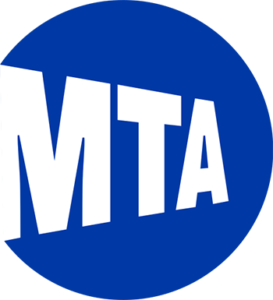Reports: Cleanup, Investigation Under Way After Bridge Collapses Under MRL Train (UPDATED)
Written by Marybeth Luczak, Executive Editor, Railway Age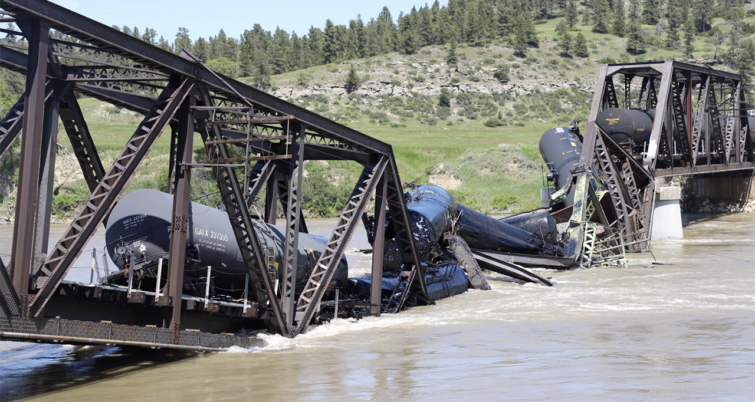
STILLWATER COUNTY, Mont. - A bridge collapse in Stillwater County, Mont., on June 24 sent a Montana Rail Link (MRL) train, hauling hot asphalt and molten sulfur, into the Yellowstone River below. The regional railroad is leading cleanup efforts and an investigation is under way by the Federal Railroad Administration (FRA).
“The train crew was safe and no injuries were reported, Montana Rail Link spokesman Andy Garland said in a statement,” the Associated Press reported the day of the incident, which took place near Columbus, some 40 miles west of Billings.
“The amount of cargo that spilled from the [seven] cars in the river is still not known, said David Stamey, the head of Stillwater County Disaster and Emergency Services,” according to the AP’s early June 26 report. “Garland said both hot asphalt and molten sulfur harden and solidify quickly when mixed with water and modeling suggests that the substances are not likely to move very far downstream.
“Crews were still trying to figure out the best way to remove the cars since the crash was so extensive and there was a lot of damage to them, Stamey said.”
State and federal officials on June 25 reported that preliminary water and air quality testing at the site “did not indicate any threat to the public,” according to the AP.
Cleanup Begins
“Transloading of the sodium hydrosulfide car nearest the river has been completed successfully and the car will be re-railed and moved to a secure location,” MRL said in a statement released late June 25 to KECI of Missoula, Mont., an NBC affiliate. “This process entails moving the contents from one rail car to another rail car or truck. We are aware of reports of globs of asphalt appearing down river that may be associated with the derailment and we will proactively investigate and sample this material. Water quality sampling is being performed by a contractor on behalf of Montana Rail Link with oversight by Montana DEQ and EPA. Preliminary results do not show petroleum hydrocarbons or sulfur impacts to water quality. Water quality testing will continue until the cleanup is complete and at this time there are no known risks to public drinking water. Sprint and its contractors are on site to repair a damaged fiber line associated with the incident. As of this afternoon [June 25], National Transportation Safety Board (NTSB) officials have also arrived onsite to assist in reviewing the incident.
“We are appreciative of Governor Gianforte and the First Lady’s visit to the site this afternoon, along with the messages received from members of Montana’s Congressional delegation. Additional equipment, including a large crane, will be brought on site later this evening to assist with construction and remediation efforts. Site cleanup and remediation will be an extensive process, but we are committed to working closely with all of our local, state, and federal partners to perform all required work in a safe and efficient manner.”
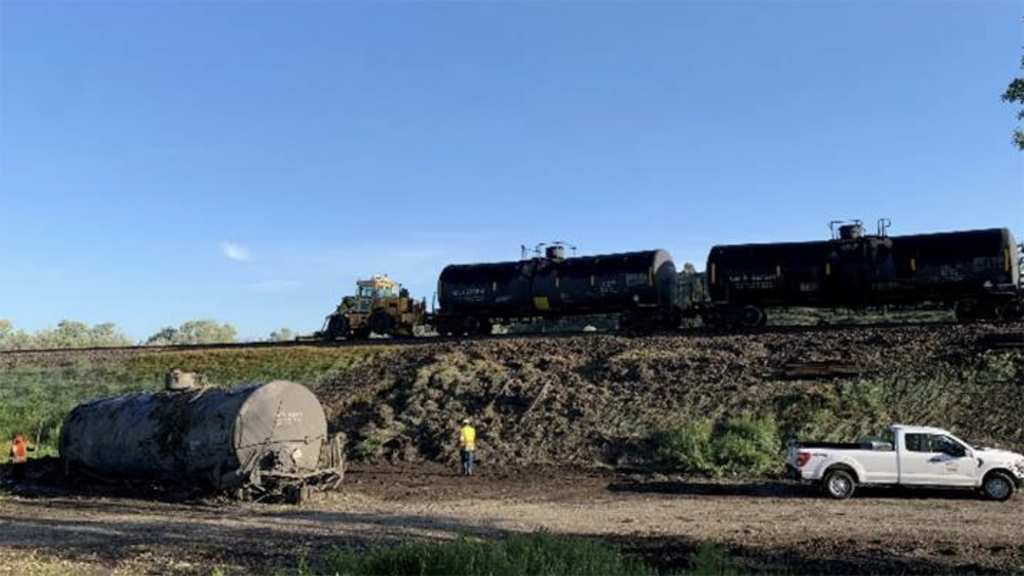
Late on June 26, the following statement was issued by the Unified Command, comprising representatives from the Stillwater County Disaster and Emergency Services, Montana Department of Environmental Quality, U.S. Environmental Protection Agency and MRL, who are jointly managing and directing incident activities:
“On Sunday [June 25] evening and Monday morning [June 26], progress was made on the removal of railcars that have impacted the Yellowstone River and the Twin Bridges Railroad bridge in Stillwater County, Montana, however a lot of work remains. The contents of both railcars containing sodium hydrosulfide, that were located on the west side of the bridge, have been successfully transferred into stable railcars and moved to safety. Eight railcars on the eastern side of the bridge that did not reach the water have been removed. Five of these railcars contain asphalt and three contain fertilizer. Today [June 26], construction teams removed the cars containing fertilizer and one asphalt car leaving four asphalt cars remaining on the eastern side of the bridge. These will be removed as cleanup efforts continue. Ten cars are in the river, six contain asphalt, three contain molten sulfur and one contains scrap metal. The condition of these cars, including two that are submerged is a key unknown in the plan to remove them from the water. A dive team has arrived on scene to gather more information about the situation below the surface. Contractors and a large crane have been brought onsite to stabilize and remove these cars from the river. MRL is currently working with their unions and BNSF to find alternative traffic routes to limit supply chain disruptions.
“Asphalt globules have been detected downstream on the banks and in the body of the Yellowstone River. This solid waste is not water soluble and is not anticipated to impact water quality. Water quality testing results from Saturday show no detectable levels of petroleum hydrocarbons or sulfur and samples continue to be taken and analyzed. At this time, there are no known risks to public drinking water or private drinking water wells.”
Investigation Under Way
FRA investigators have been on the scene in Montana since June 25, an FRA spokesperson told Railway Age. The agency is “leading an investigation into the cause of the derailment” and “has been and will continue to work with Montana Rail Link, local officials, and the Environmental Protection Agency on the ground as part of this ongoing investigation,” according to the spokesperson. “It’s important to note that it is the bridge owner’s responsibility to inspect their bridge. As part of FRA’s investigation, we have requested and will thoroughly review a copy of recent bridge inspection reports for compliance with federal Bridge Safety Standards (49 CFR Part 237). Again, this investigation is ongoing.”
The bridge is owned by BNSF, but MRL has maintained it since 1987, according to the Class I railroad. MRL began leasing BNSF lines between Huntley, Mont., and Sandpoint, Idaho, at that time and will continue to do so until the lease concludes in January 2024. BNSF will then resume operational control and infrastructure maintenance, the Class I told Railway Age.
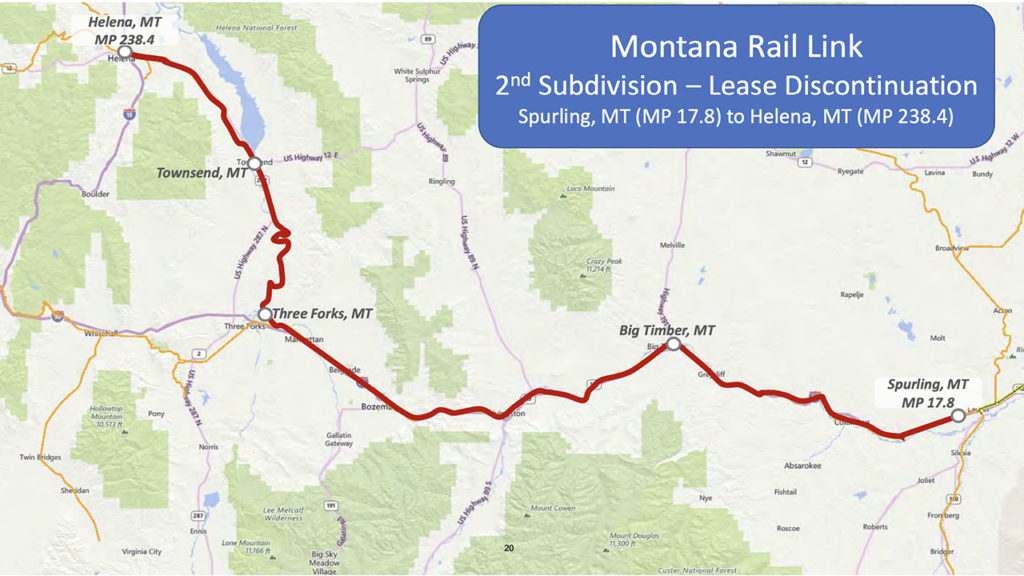
“The railroad bridge is inspected twice a year and the most recent inspection was performed in May, [MRL’s Andy] Garland said,” according to the June 26 AP report.
The AP noted that “the Yellowstone saw record flooding in 2022 that caused extensive damage to Yellowstone National Park and adjacent towns in Montana. The river where the bridge collapsed flows away from Yellowstone National Park, which is about 110 miles (177 kilometers) southwest. Robert Bea, a retired engineering professor at the University of California Berkeley who has analyzed the causes of hundreds of major disasters, said repeated years of heavy river flows provided a clue to the possible cause.
“‘The high water flow translates to high forces acting directly on the pier and, importantly, on the river bottom,’ Bea said Saturday [June 25]. ‘You can have erosion or scour that removes support from the foundation. High forces translate to a high likelihood of a structural or foundation failure that could act as a trigger to initiate the accident.’
“An old highway bridge that paralleled the railroad bridge—together, they were called the Twin Bridges—was removed in 2021 after the Montana Department of Transportation determined it was in imminent danger of falling.”


